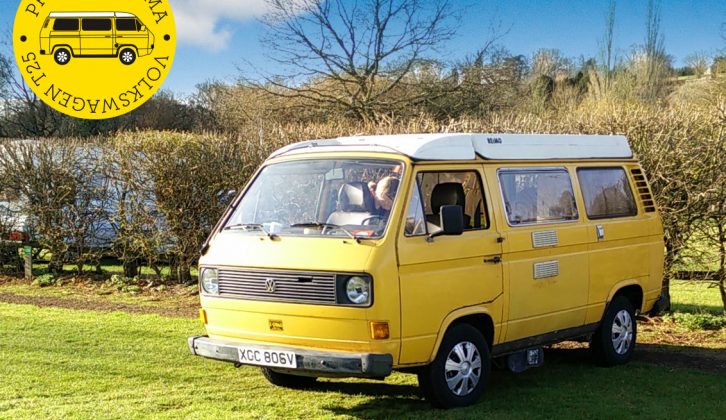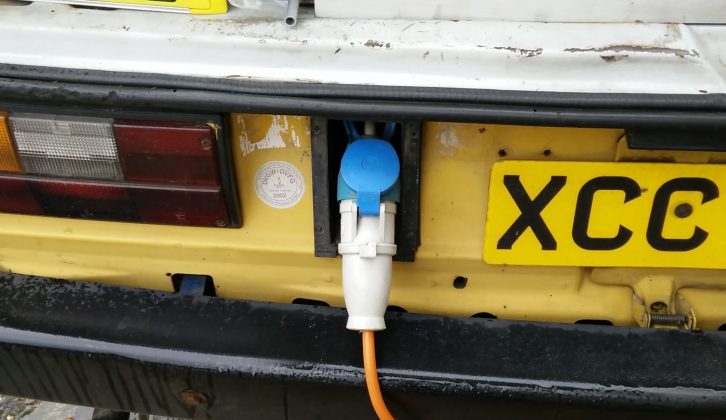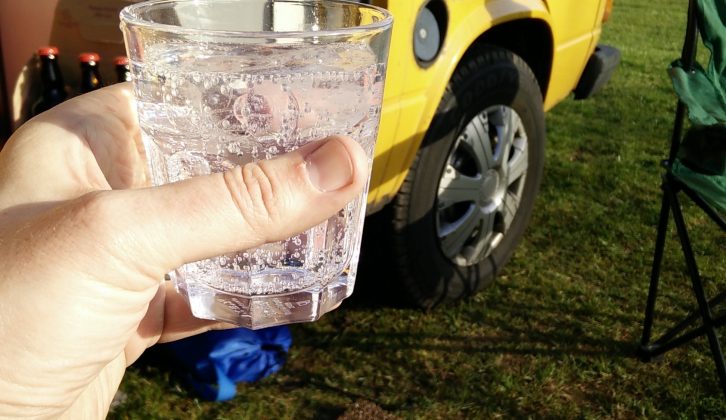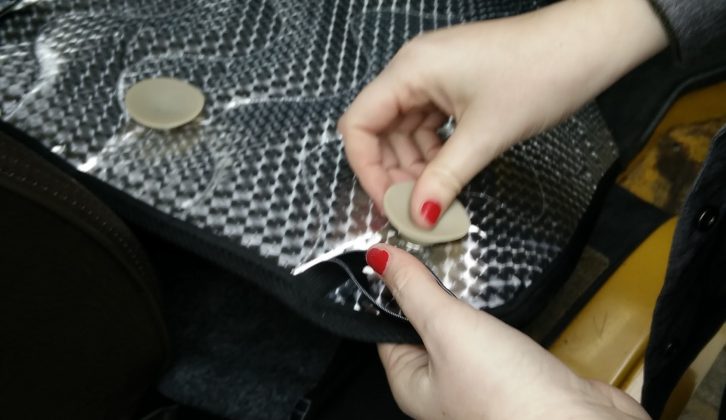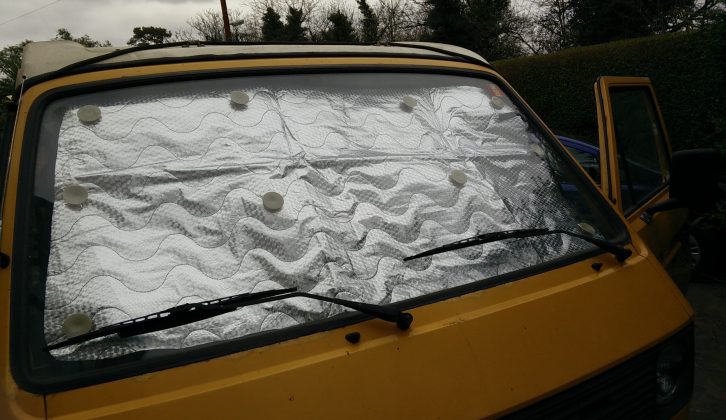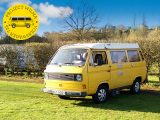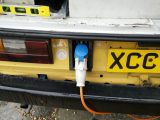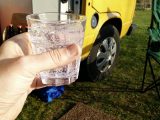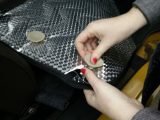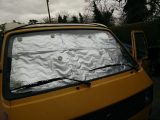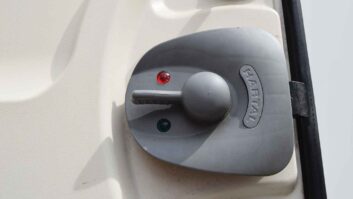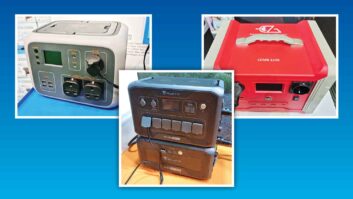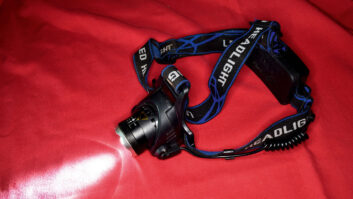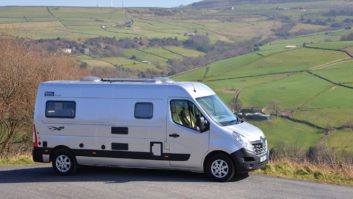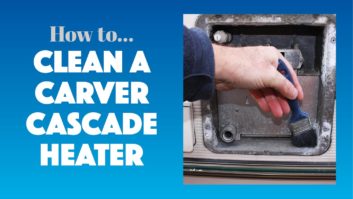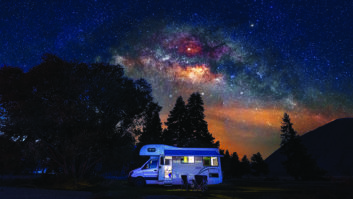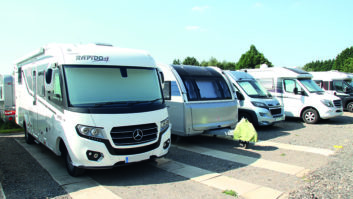One of the keys to not losing heart with a project is to remind yourself why you started it in the first place. If you’re digging the garden, remember to sit back and have a beer among the weeds and rubble, and if you are painting the front room, put down the roller and watch Monday night football if it stops you getting the hump with it all.
With a campervan project, that means packing away the multimeter and heading off for the weekend. Which is exactly what we decided to do, despite the forecast. The last time we attempted to go anywhere for fun, we ended up on a low loader, so we decided to aim low.
We picked a site we both know well – Hurley Riverside Park between Marlow and Maidenhead on the banks of the River Thames. From home, that is little more than 40 miles, but that meant that even if something did happen, we’d be able to call in friendly reinforcements to help out.
We decided to avoid the direct motorway routes out of west London as Wilma-the-campervan was scarcely run in following a recent engine rebuild, and toddling along on a few undemanding urban A-roads seemed sensible. In truth, following the A4 out through Slough and Taplow was a terrible idea as we ended up sat in traffic. On the plus side, the chances of overheating in traffic were the least of our worries in our air-cooled Volkswagen.
It’s not the most comfortable vehicle to drive, however, and creeping along in traffic on a warm spring day did leave me with a bit of leg ache. Wilma, however, was fine, aside from a little bit of pre-ignition on the final climb up from the A404 to the site. We made a note to get the ignition timing tweaked when we got home. Ultimately, though, we got to the site and managed to enjoy a sun-drenched gin and tonic as we got the ’van comfily installed on her pitch.
This was the first time we had set our VW campervan up on a site. The rewiring work mentioned in a previous instalment was not yet complete, so there was no leisure battery installed as yet. The electrical system comprised the mains set-up and some 9v battery-powered fairy lights picked up by Jen a few days previously. A local electrician had given the mains system the thumbs up after I’d changed the mains sockets from the German-spec two-pin to UK three-pin ones, but we didn’t know if the fridge would work. There was also a particularly ugly mains-powered light over the hob, but it worked and didn’t need a leisure battery, so we were glad to have it aboard.
After an hour or so, Wilma was set up and we were comfortable. We’re still working on the best way to run the curtain tracks, so we opted for a set of cheap eight-piece thermal screens picked up on Amazon for around £50. The Summit SUM-1292 screens are not as robust as the best you’ll find and the rubber suckers can be a little reluctant to stay in place, but they work and restore some night-time privacy to the ’van in lieu of curtains.
Anyone who was away over Easter in the south of England will know that the weather closed in over the weekend – and this sprang a couple of other surprises. The VW stayed basically dry, although when the wind flapped the canvas roof, it flicked water into the ’van. This indicates that the canvas needs a fresh coat of waterproofing agent such as Fabsil. The canvas is pretty grubby, too, so a good clean wouldn’t go amiss at the same time.
Due to the blustery conditions, we also slept with the roof down and this exposed an issue with the single-glazed roof vent: a puddle on the floor due to a combination of chronic condensation and a broken clasp which allows water to seep in during heavy rain. It has already ruined the headlining. This needs some thinking about.
It is not a standard campervan unit. Instead, it is made by an obscure French manufacturer with no spare parts available, so replacement appears to be the only option. A modern unit will fit pretty easily, but it will add a couple of inches to the height of the ’van. The current one fits flush with the roof panel which makes limboing under height barriers pretty straight forward. We’ll have a shop around before deciding what to replace it with.
On the plus side, Wilma stayed warm enough, the bed was comfy and the fridge got very cold indeed. And despite a meagre 50 or so bhp, we were one of the few vehicles able to drive off our pitch without the assistance of the site Land Rover as we made our way back home. The weather meant the site’s access roads were getting badly chewed up, but having the engine over the driving wheels is a distinct advantage over modern front-wheel drive coachbuilts. There aren’t many times when I feel like we are the lucky ones, but this was one.
A couple of days in the ’van did give us a few more things to add to the to-do list, but we got home without incident, again sticking to the A-road network and pootling along at our own pace. We had a great weekend away which did a fine job of reminding us why we started this project in the first place. It was for weekends like that one.
There aren’t many times when I feel like we are the lucky ones, but this was one
